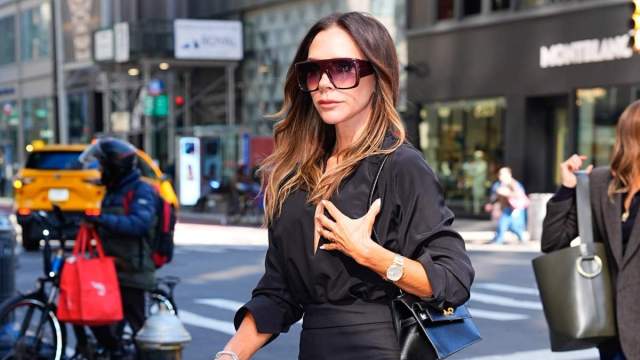Entrepreneurial success in the traditional startup playbook — be it for beauty, consumer goods or tech — usually looks like scaling a business, gaining external investment and eventually exiting after it’s acquired. This pathway is less common (and harder) in creative industries. But experts and investors agree that small to medium-sized fashion brands have a thing or two to learn from the startup world.
The typical pathway for a designer starting a brand includes graduating from fashion school, doing an internship or two, launching a label, and scaling it through a combination of wholesale, fashion show press, and mentorship via talent incubators. But the struggles of independent fashion brands are by now well documented. In January, beloved avant-garde label Y/Project closed after struggling to find a buyer without designer Glenn Martens at the helm. In 2024, there were a series of closures across independent brands including Dion Lee, The Vampire’s Wife and Calvin Luo.
Executed correctly, a traditional startup playbook could lead to more commercial stability for indie fashion brands, experts say.
“We see it time and time again where no matter how much goodwill and press attention brands get, the clothes don’t sell so they go out of business,” says New York-based designer Adam Lippes, who started his career in investment banking before pivoting to fashion, rising the ranks to creative director at Oscar de la Renta before starting his first brand, which he sold to Kellwood Company. Lippes then went on to buy back his name and launch his current eponymous label.
Whether a designer is looking for external investment or not, developing a stronger foundation of business and financial acumen can help a brand stay afloat during a challenging macro environment — even just by developing a business plan.
It’s a fine balance, however, and creativity must remain at the forefront. “Treating a fashion business as a machine to make money doesn’t work. If you do that then you end up standing for nothing and selling that to lots of people,” says Alice Wells, managing director of investment bank Lempriere Wells, which focuses on mergers and acquisitions (M&A) in the consumer sector. “For an emerging designer who’s trying to identify a customer, the creativity, brand and customer have to come first.”
Managing risk with a long-term view
There are risks associated with taking on external investment. Venture capital firms in particular expect high growth, which is often not sustainable in a creative business. Investors stress that fashion brands shouldn’t treat fundraising as a way to stay afloat — the business should be able to sustain itself — but rather to expand in some way, perhaps by adding stores or launching in another market.


